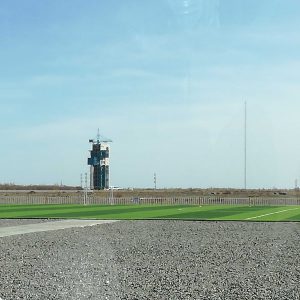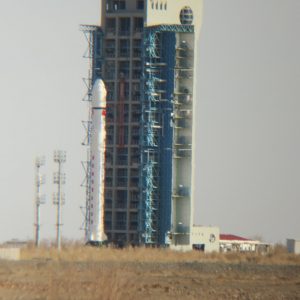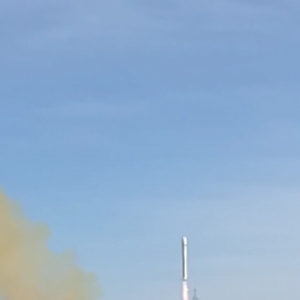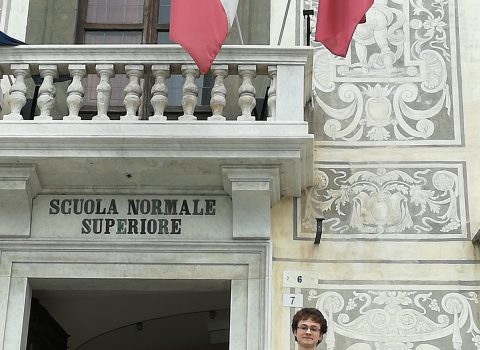LIMADOU PROJECT: FBK clean room’s detectors in the Chinese space mission
The data collected by the satellite launched today as part of the Chinese space mission focusing on the study of earthquakes will be analyzed at INFN/TIFPA, the national scientific center of the National Institute for Nuclear Physics set up in collaboration with the University of Trento, Fondazione Bruno Kessler and the Province Agency for health services
[PRESS RELEASE] Trento, February 2, 2018 – Trentino-based research and technology play a leading role in the internationally supported Chinese space mission focusing on the study of earthquakes that was launched today.
The analysis of the data transmitted by HEPD, the particle detector aboard the satellite will in fact be conducted by a research team from INFN/TIFPA (Trento Institute for Fundamentals Physics Applications), the scientific and technological center set up by the National Institute of Nuclear Physics with the University of Trento, Fondazione Bruno Kessler and the provincial agency for health services. Additionally, the silicon sensors embedded in the detector were developed and manufactured at FBK’s microtechnology laboratories.
With the Limadou project, Italy brings an instrument of its own aboard a Chinese mision for the first time. It is HEPD (High Energic Particle Detector), a detector developed to measure variations in the flow of particles that precipitate downwards due to perturbations generated by solar, seismic and anthropic phenomena. And the launch of CSES (China Seismo-Electromagnetic Satellite) also involves those who do research on the hills sorrounding Trento, but not only them; in fact for the Limadou detector, FBK has developed and manufactured, with its technology, almost 100-cm2 chips, a result that few in the world are able to assure.
“The platform will orbit around the Earth at an average height of 500 kilometers, going around us every 90 minutes. HEPD will acquire a huge amount of data by measuring the amount of low-energy electrons and protons in the ionosphere. Unterruptedly for the entire length of the Limadou program” Roberto Iuppa, researcher of the Department of Physics at the university of Trento and member of INFN – TIFPA, explains.
He points out: “Limadou’s approach is new: the equipment used up to now could only count the particles, lacking a precision tracker like the one of HEPD. This tool enables researchers to measure a particle’s direction of origin and to reconstruct its trajectory. It will therefore be possible, for the first time, to determine precisely where and how long before observation it was generated».
Limadou, a transliteration in Mandarin of the initials of Matteo Ricci, the Jesuit mathematician from the 16th century after whose name the Italian part of the program was baptized, takes shape following the agreement signed between the Italian and Chinese space agencies in 2013 involving Italy in the construction of the Chinese space platform dedicated to the study of seismic events.
The CSES mission, which sees Italy as a leading partner with Limadou and HEPD, aims to identify and study electromagnetic, ionospheric and magnetospheric phenomena considered as possible seismic precurdors. The mission is intended to identify spatio-temporal correlations between the variations of physical parameters observable from space and the advent of high-intensity earthquakes, but also to study the mechanisms underlying these correlations.
Foto ©Romano Magrone





